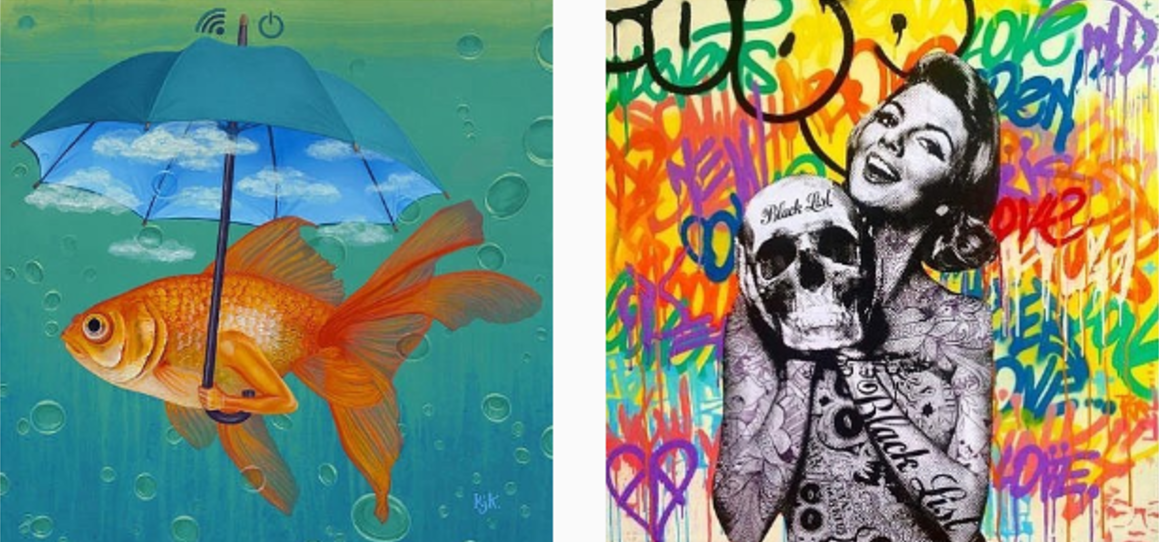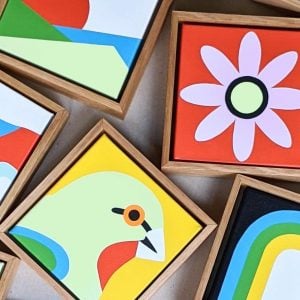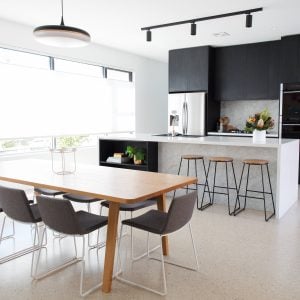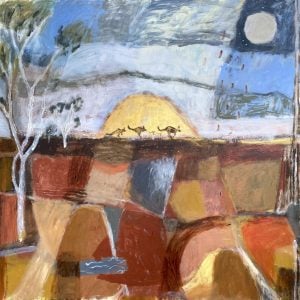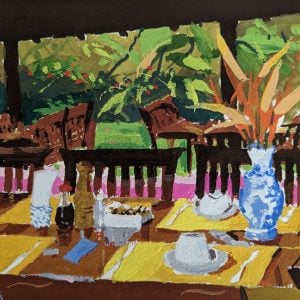The art of healing: how to choose art for doctors and dentists’ surgeries
Ever been sitting in the dentist’s chair waiting for the drill to descend on your tooth and thought, what a pleasant way to spend an afternoon? No, me either. What if you had a beautiful painting of gum trees to look at while the drill was buzzing? You’d feel a little less pain. I’m serious – you actually would feel less pain. If you don’t believe me, read on.
Florence Nightingale knew the healing power of art. In 1859 she wrote that showing patients beautiful objects could be an “actual means of recovery”, and more recent studies have backed up her theory that displaying works of art in waiting rooms, surgeries and hospital rooms – particularly paintings of nature in blues and greens – helps keep patients calm, speeds up their recovery time and reduces the need for painkillers.
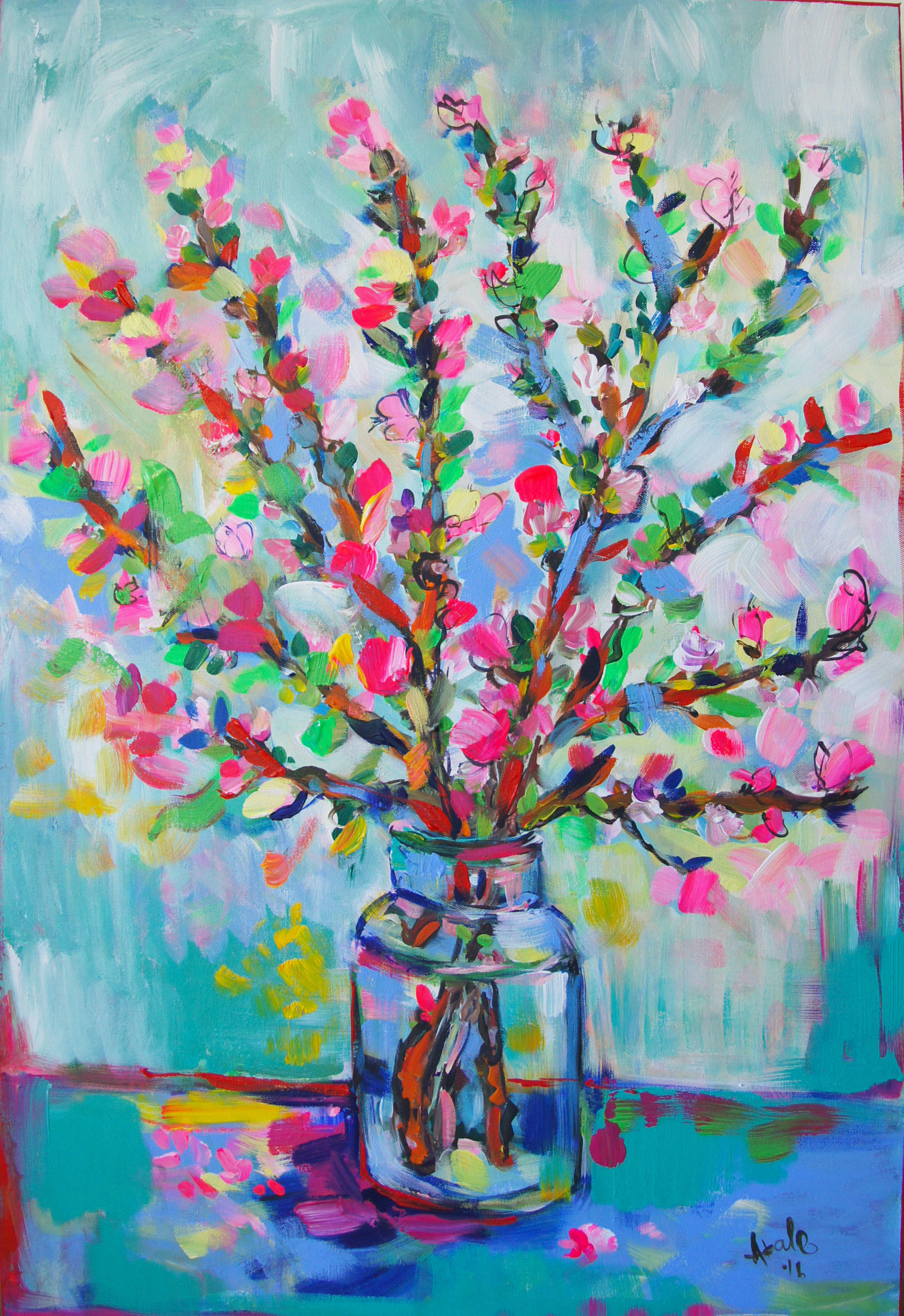
Cherry Blossom by Katerina Apale
Art helps keeps staff happy, too. Over-worked doctors, dentists, nurses and administration staff can reduce their anxiety simply by looking at art – the right kind of art, that is. Some art is great in galleries but won’t have the desired effect in doctors’ and dentists’ waiting rooms. I’m thinking, of course, of art like Berlinde de Bruyckere’s We Are All Flesh, a sculpture of two dead horses sewn together. Provocative and challenging in a gallery, a nightmare for anxious patients in a waiting room.
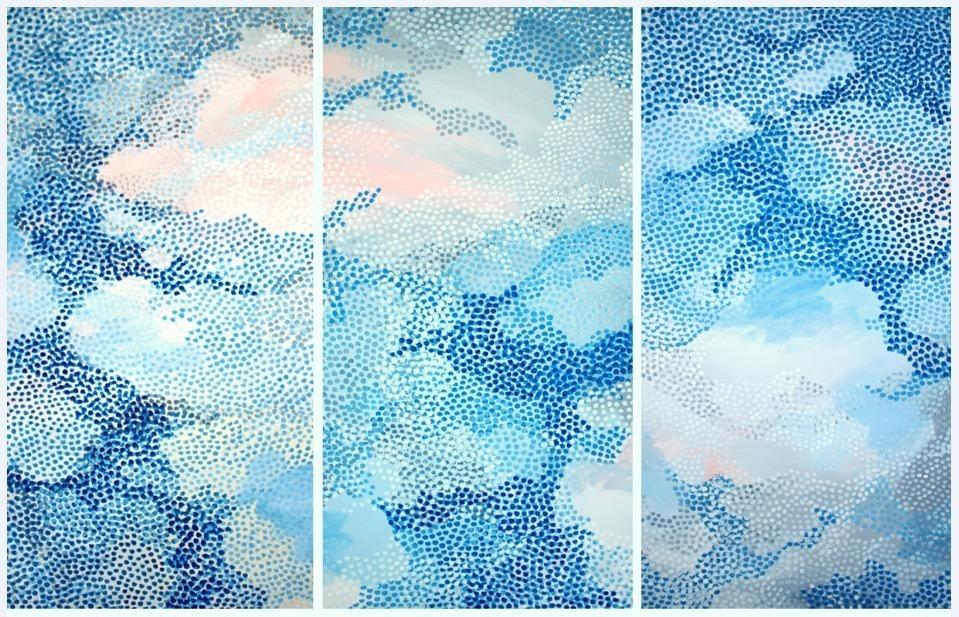
Pointillist Clouds IV by Sarah Daly
So what is the best kind of art to beautify waiting rooms and examination rooms? A 2010 study concluded that the most calming artworks depict nature in some form, in particular paintings of landscapes in blues and greens such as forests, mountains, farms and seascapes. There are two possible reasons for this, the first being that healthy, natural environments promote feelings of peace (the theory goes that this is because we have evolved to survive more readily when we recognise healthy, flourishing land) and the second is that blues and greens are the least stimulating but most pleasure-inducing colours, perhaps because they occur in nature more often than colours such as red and yellow.
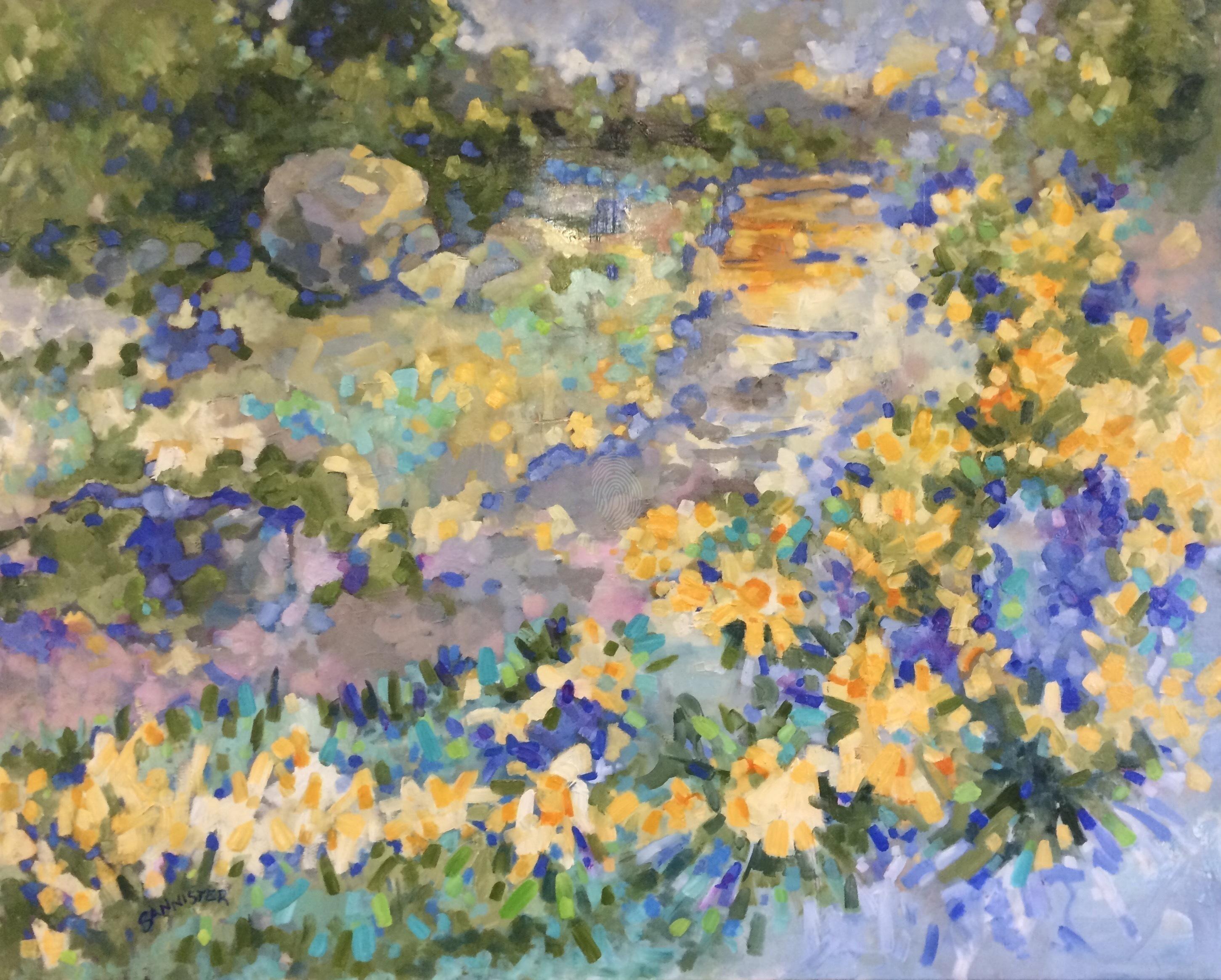
The Winter Garden by Sue Bannister
So what artwork should you avoid when decorating doctors’ and dentists’ surgeries? Aside from obviously distressing artworks like the dead horse sculpture mentioned earlier, other artworks that may provoke anxiety include abstract paintings that have a lot of red and yellow, as those colours are very stimulating and may unconsciously stir feelings of danger and anxiety in patients. This is not to say that abstract art should not be hung in waiting rooms, but only that if you do choose to display abstract art, make sure it contains mostly calming colours and avoid too much red and yellow.

Plants in Paradise by Tamara Armstrong
In case you need another reason to include art in doctors’ and dentists’ rooms, and particularly in the actual examination rooms, the study says that “positive distractions” – such as art that makes patients concentrate on something other than their pain and anxiety – has serious health benefits. Patients who can be distracted from their pain and worry by looking at art take less painkillers, recover more quickly and have less stress and anxiety than those who have only blank walls to look at and their own health problems to think about.
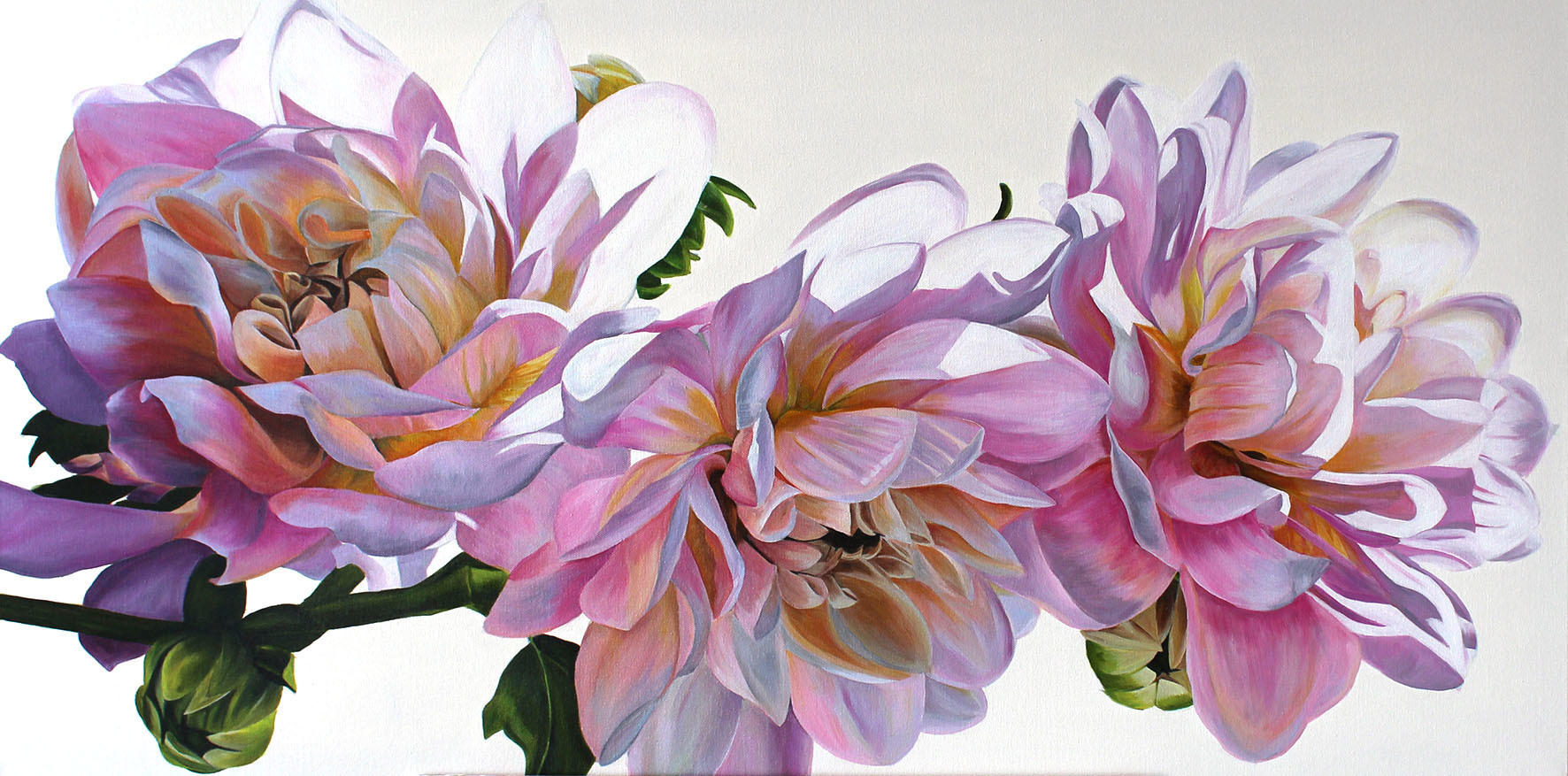
Dahlias by Freya Powell
One final tip for waiting room and examination room decorators: below each painting, include a plaque with information about the artist and artwork. It will add an extra layer of positive distraction if patients can find out more about what they are looking at. See our ‘Art of Healing’ Curation’ for our picks for your surgery.
Keep up to date with the Australian and international art scene and discover new artists. Subscribe to our newsletter.


